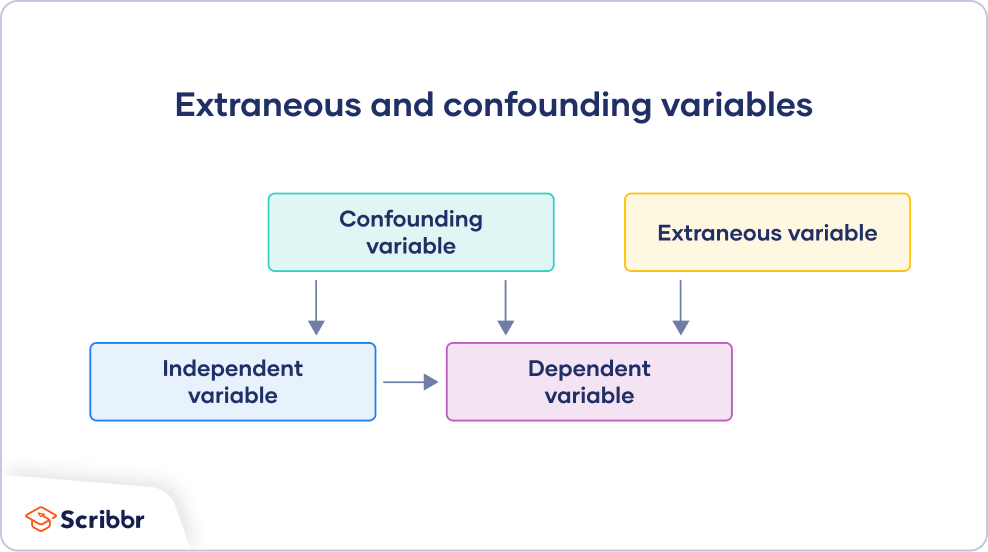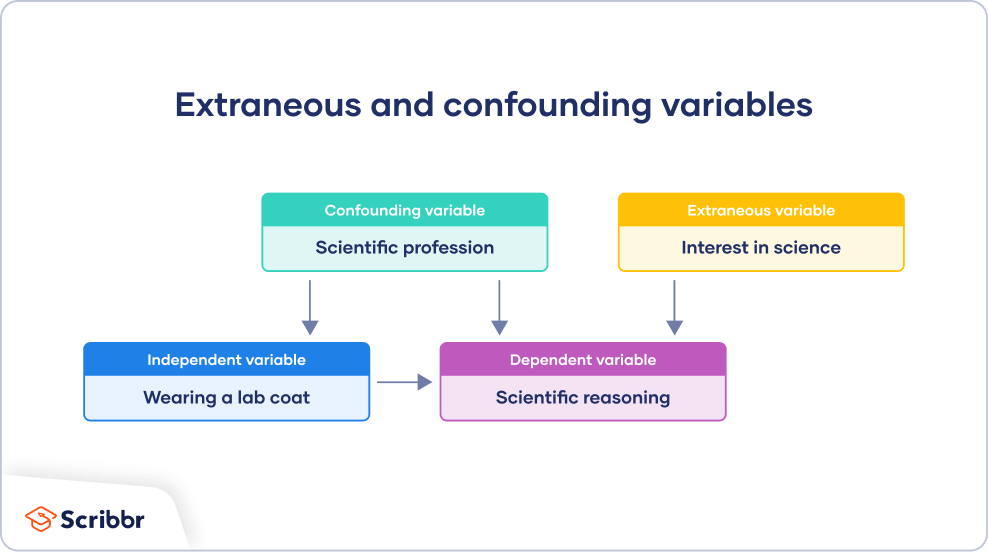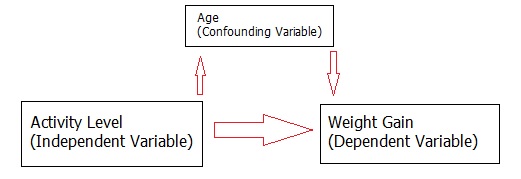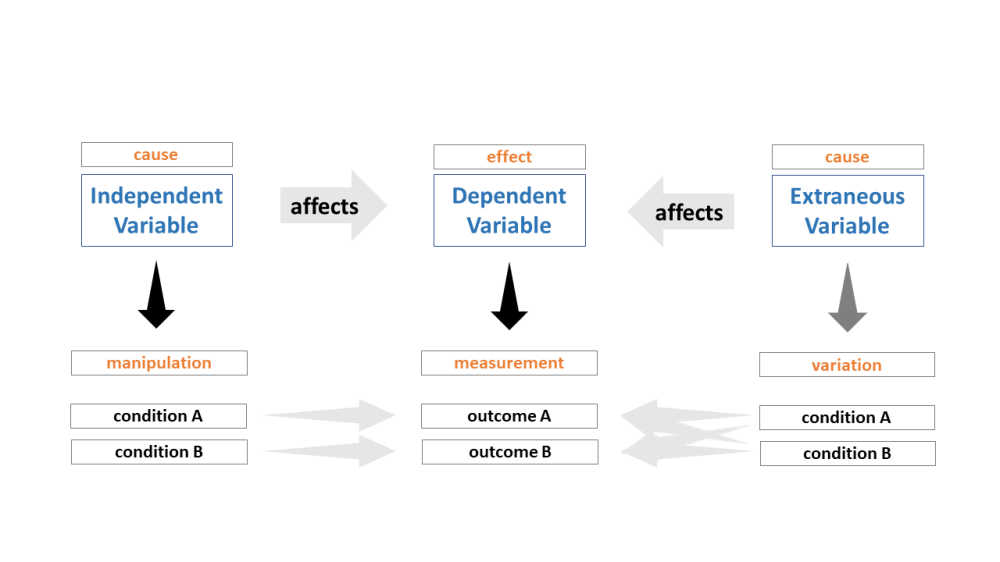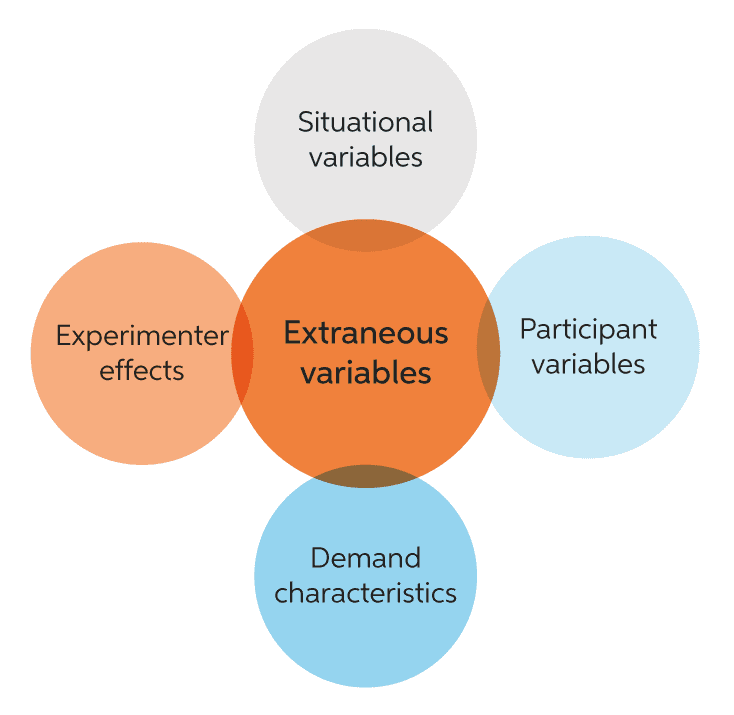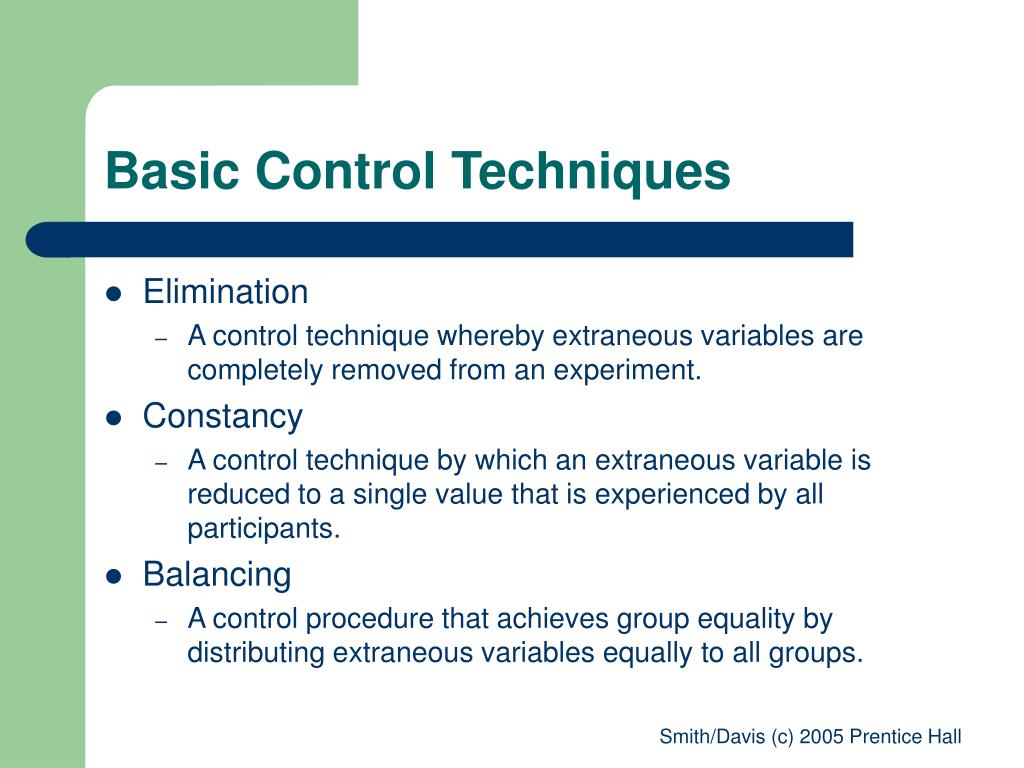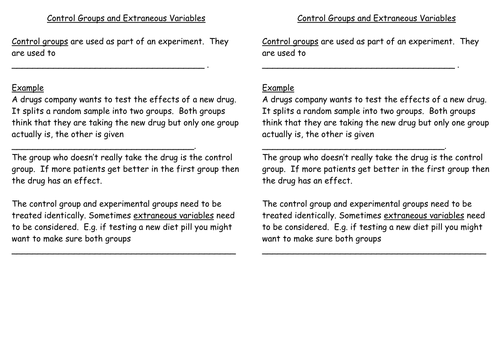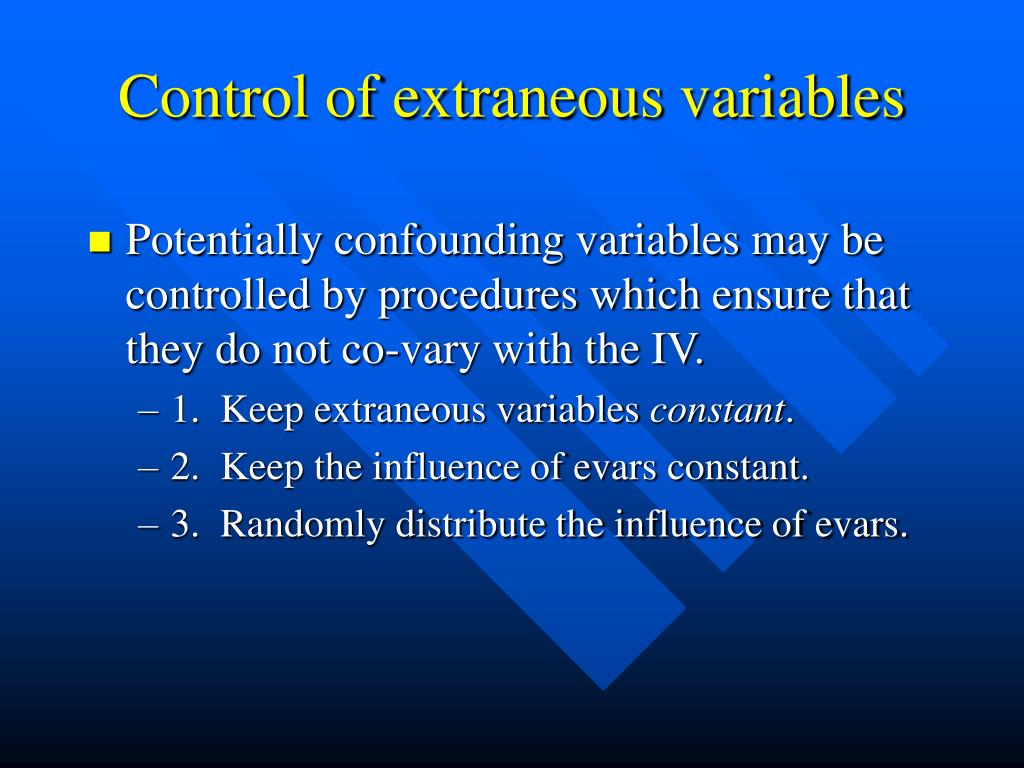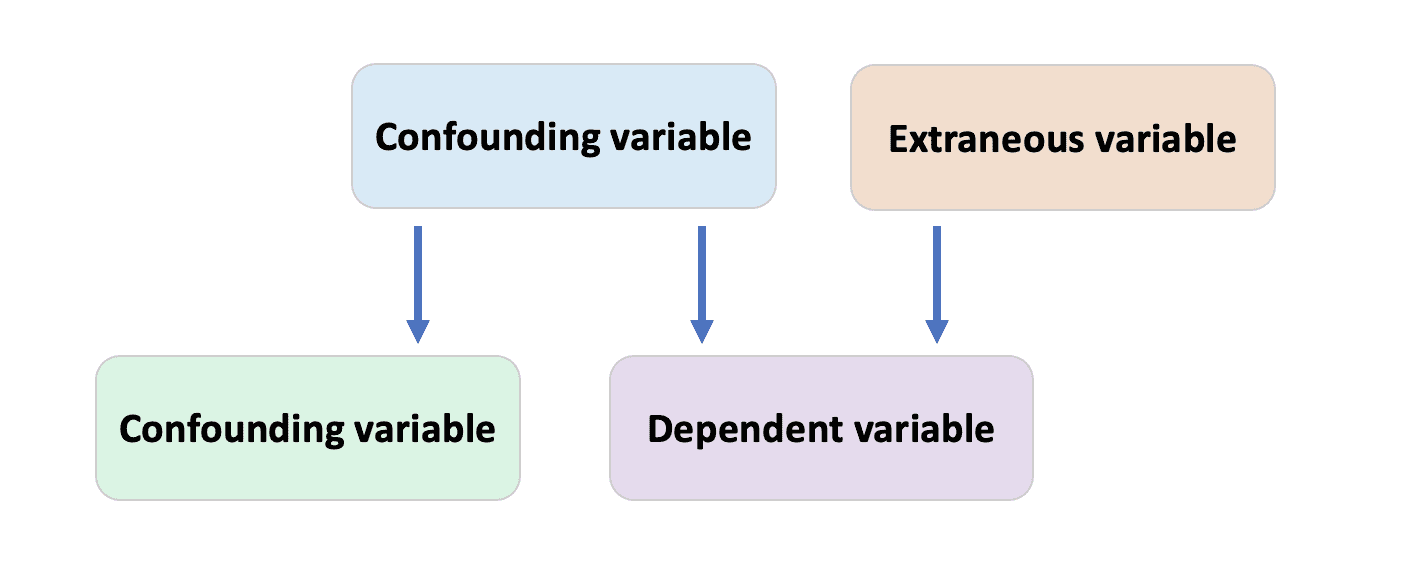Cool Tips About How To Control Extraneous Variables
There are various ways to exclude or control confounding variables including randomization, restriction and matching.
How to control extraneous variables. You can follow the steps below to control extraneous variables in your experiments: You can eliminate or include extraneous variables that seem to be likely or potential threats in. Whilst we are not manipulating these extraneous variables, they could still affect the task performance scores (i.e., the dependent variable) of the two groups (i.e., the control group and.
Extraneous variables like participant variables can be controlled by using random assignment when dividing the participants into control and treatment groups. Standardization is discussed as a technique to control for extraneous variables. The weights for the standardization are chosen, in the.
But all these methods are applicable at the time of. Terms in this set (4) how to control order effects. Case of estimation, in order to.
Might indicate an effect of the independent variable or might be simply from a change due to time. Determine the type of extraneous variables that are present in your study. Random sampling is one way a researcher can control extraneous variables.
However, random sampling won’t eliminate any extraneous variable, it only makes sure to. Remember that we want to select a sample of. How to control participant variables?
Statistically controlling for extraneous variables statistically controlling for extraneous variables is an option for removing the influence of the variable on the study of. Another way to control extraneous variables is through elimination or inclusion. Methods of sampling, discussed in chapter 7, can effectively reduce extraneous variability due to selection and regression to the mean.

